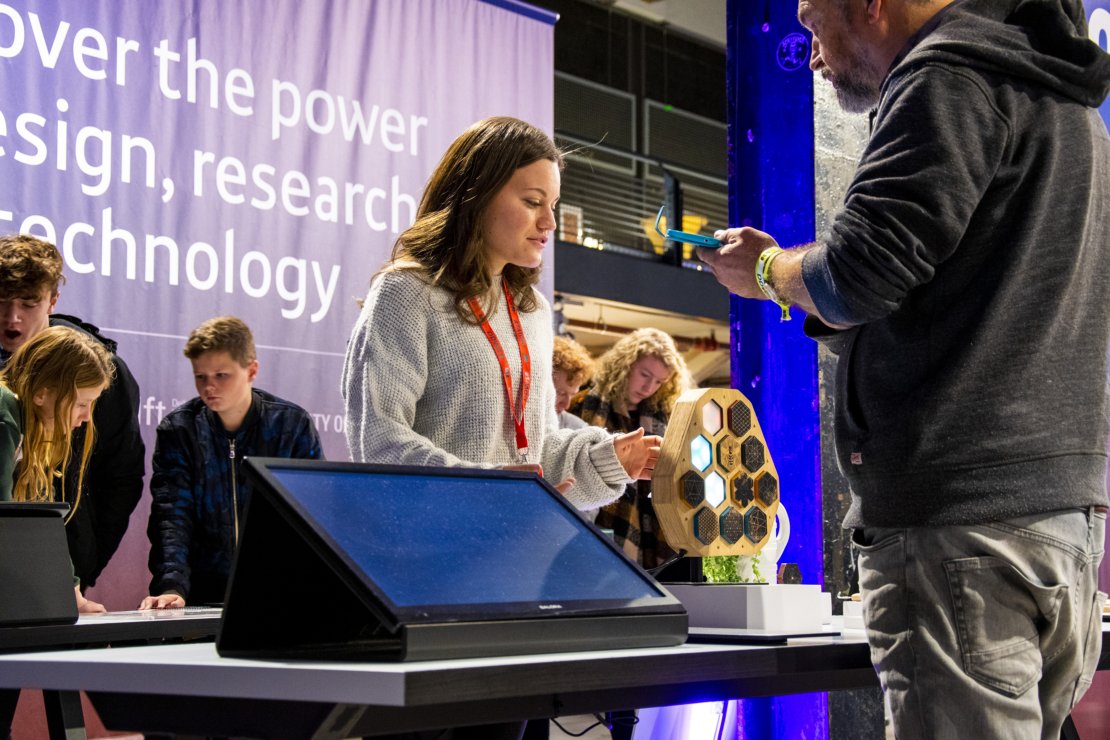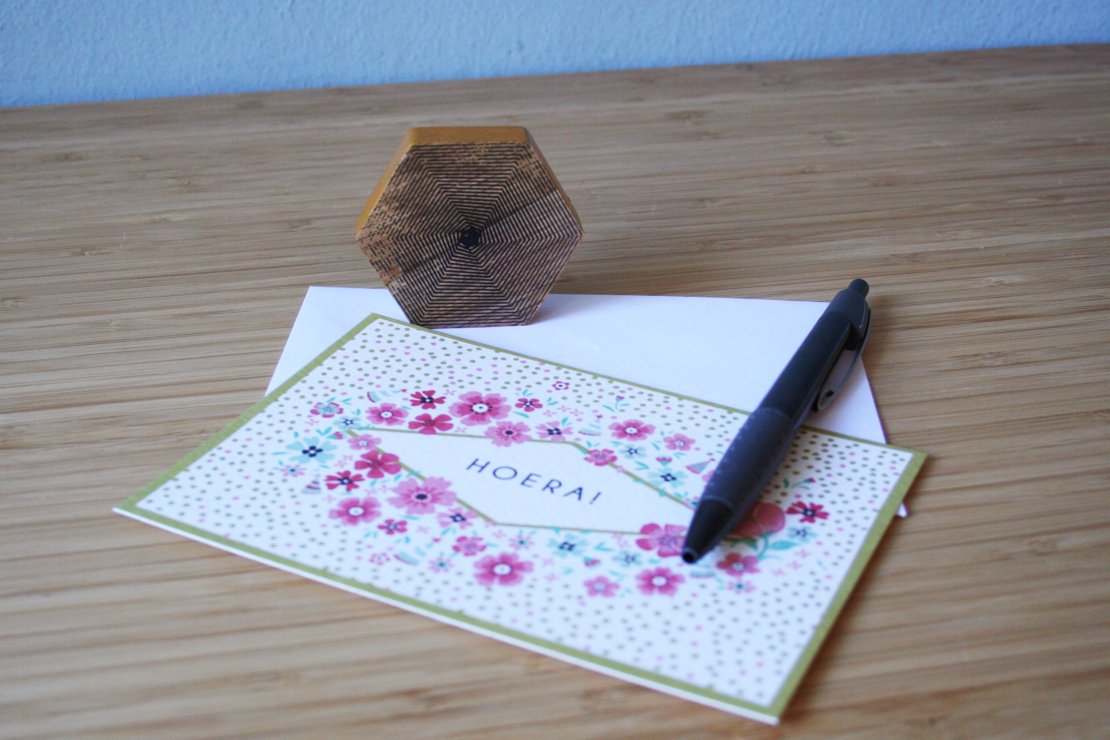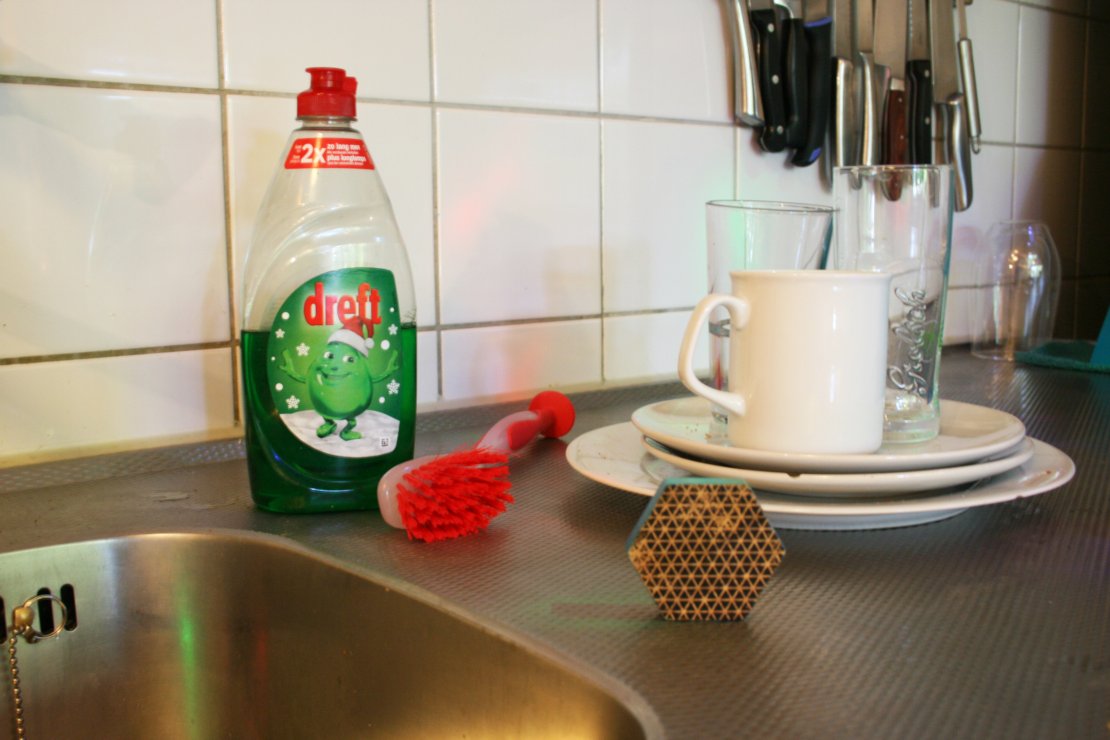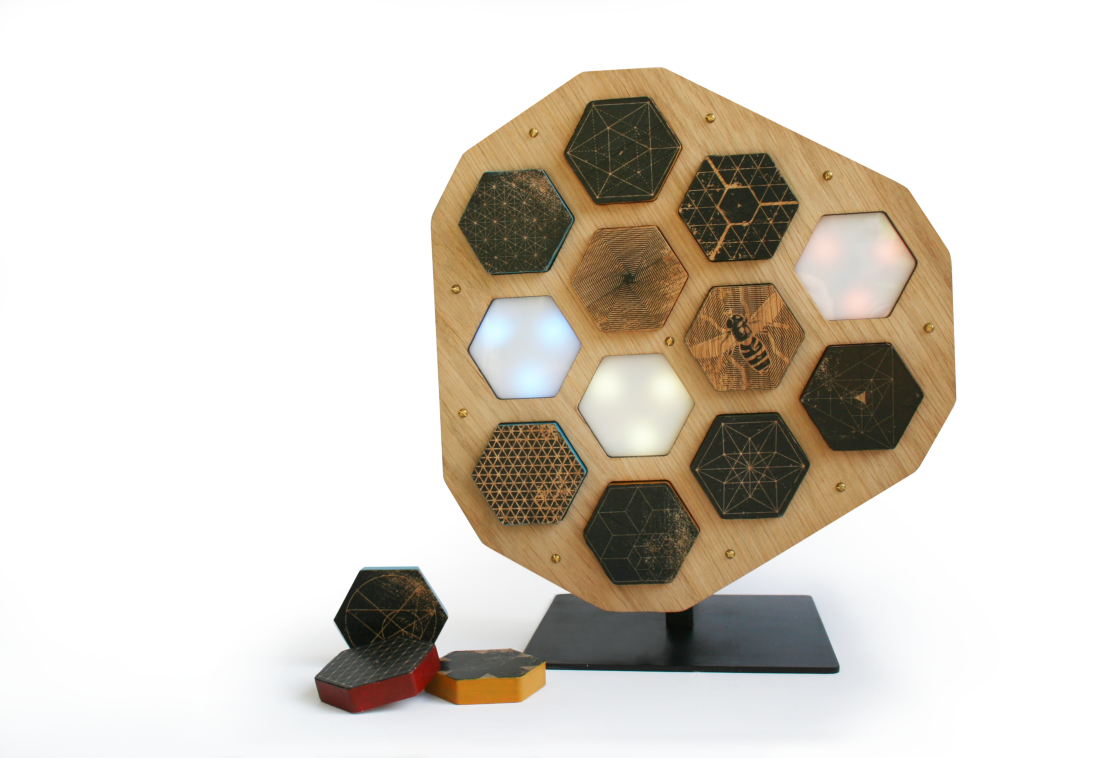Every year in October, a huge design event settles in Eindhoven: Dutch Design Week. More than two thousand designers showcase their work to an audience of three hundred-thousand visitors. For us students, it is a great place to get inspired and soak in everything that the Dutch design community has to offer the world. Amongst the designers are also students and teachers from the University of Twente showing their projects. In this article, we will take a closer look at one of these projects.
In 2018, University of Twente sent seven projects to Eindhoven to show what they are capable of. One of them was MyTag, a project by Anke Hasper, a fourth-year ID-er. Her project builds on a previous project by Lieke Middel, who performed multiple co-design sessions with her target group, people with moderate cognitive disorder or autism, to find out how interactive products can help them live more independently.

The results of these sessions show that many of these people within the target group experience difficulties performing everyday tasks like doing the dishes or washing clothes. For them, understandably, cluttered environments lead to a cluttered mind. However, writing the tasks down is often too abstract and unspecified; in the example of washing clothes: how many clothes? Do I need to separate colours? And so forth.
MyTag is the result of these observations and co-design sessions. It uses visual clues to help people remember the household tasks that they need to do. Furthermore, in contrast to many other healthcare products, MyTag blends in with the domestic environment instead of looking like a clinical, white and shiny healthcare product.

The product contains several so-called tags. On a typical day, the user will encounter several tasks that need to be done when walking around the house. If the task is not necessarily urgent, he or she can place one of the tags on the task that needs to be done. In the main product, a light will show the progression of a timer. During the day, the user will run into these tags that remind him or her of the task that needs to be done. After doing the task, the tag can be placed back in the product. That will then stop the timer. When the timer runs out without the task being finished, a sound can be played or a push notification will be send to the user’s smartphone. If more time is needed, a slider on the product can provide extending the amount of time.

The tags can be personalised: they can have photo’s or more abstract icons. People with autism can create a strong connection between the task and the corresponding tag without the tag showing the task itself specifically. The ability to create a personal touch originates from the observation that the target group consists of a large range of people that react differently to the cues. Logical, it seems, but certainly useful to have empirical proof of.

During Dutch Design Week, one of the most asked questions was where people could buy the product. Unfortunately, Anke had to disappoint them. But it shows that the market is interested. Hopefully some large leaps can be taken soon, so the product can eventually make its way to the market.





